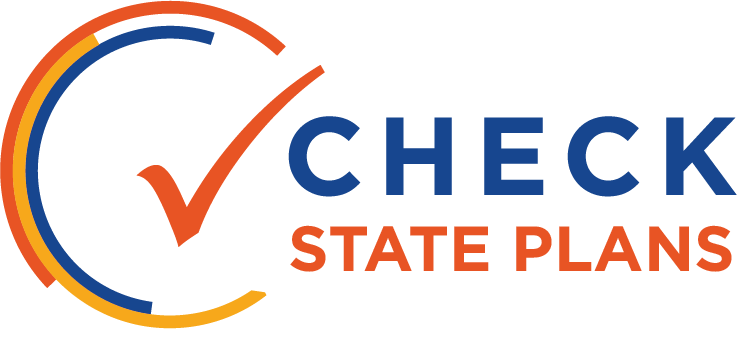
SUPPORTING SCHOOLS

The state recently created an Office of School Improvement and Turnaround to create and review policies for school improvement and intervention, but more information is needed
The technical assistance and supports described are admirable, however, there is little detail to permit complete analysis at this point. In addition, increasing staff to provide the various levels of tiered support outlined in the plan may be challenging, as details about how this would be developed and funded are lacking.
As Alabama’s Office of School Improvement and Turnaround review the resource allocations that will help to serve identified schools, it should ensure that stakeholders from historically marginalized communities, such as parents of color, parents of English learners and parents of students with disabilities are included in the planning stages.
The state will also provide technical assistance by periodically reviewing comprehensive school improvement plans. This will be offered through a variety of supports to schools and districts that will include generic offerings, such as on-site technical assistance, off-site training sessions, embedded professional learning, virtual learning experiences, guidance documents, and templates to support needs assessment, improvement planning, implementation and monitoring. The state mentioned pursuing evidence-based support, but the plan for implementing these measures is lacking.
Alabama provides no indication that the state will take aggressive action to support persistently struggling schools with evidence-based strategies.
The support system described is entirely process-oriented, focusing on needs assessment and plan development and monitoring. These steps are insufficient, and the plan is non-committal to any specific action even where more rigorous intervention is warranted.
Alabama does not provide detail on how it plans to use the 7 percent of federal funds intended for school improvement activities.
The state needs to indicate whether it will award those funds by formula or through a competitive process. The state should also indicate if and how it intends to provide direct student services using the optional 3 percent set-aside.
 Overview
Overview




